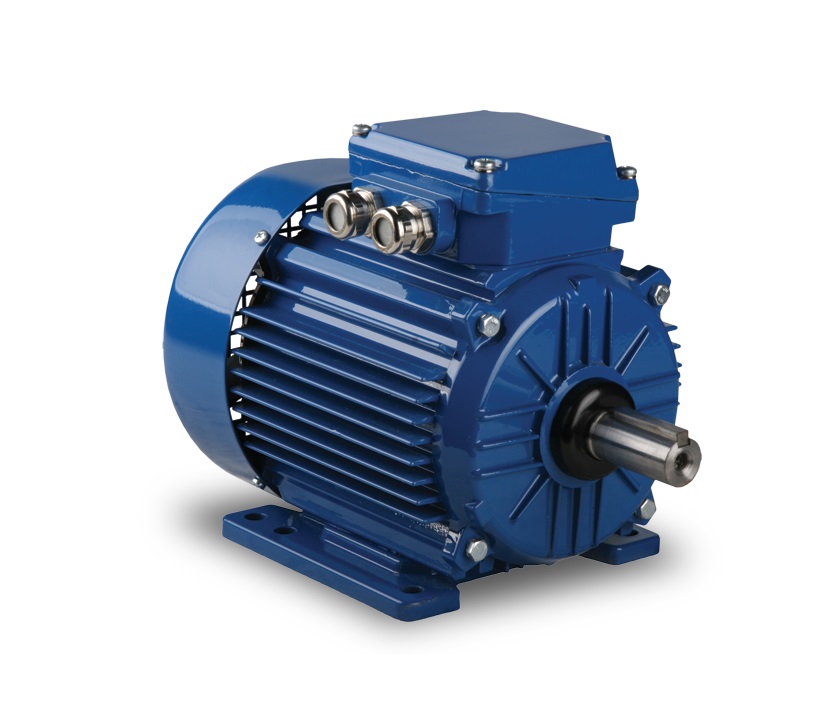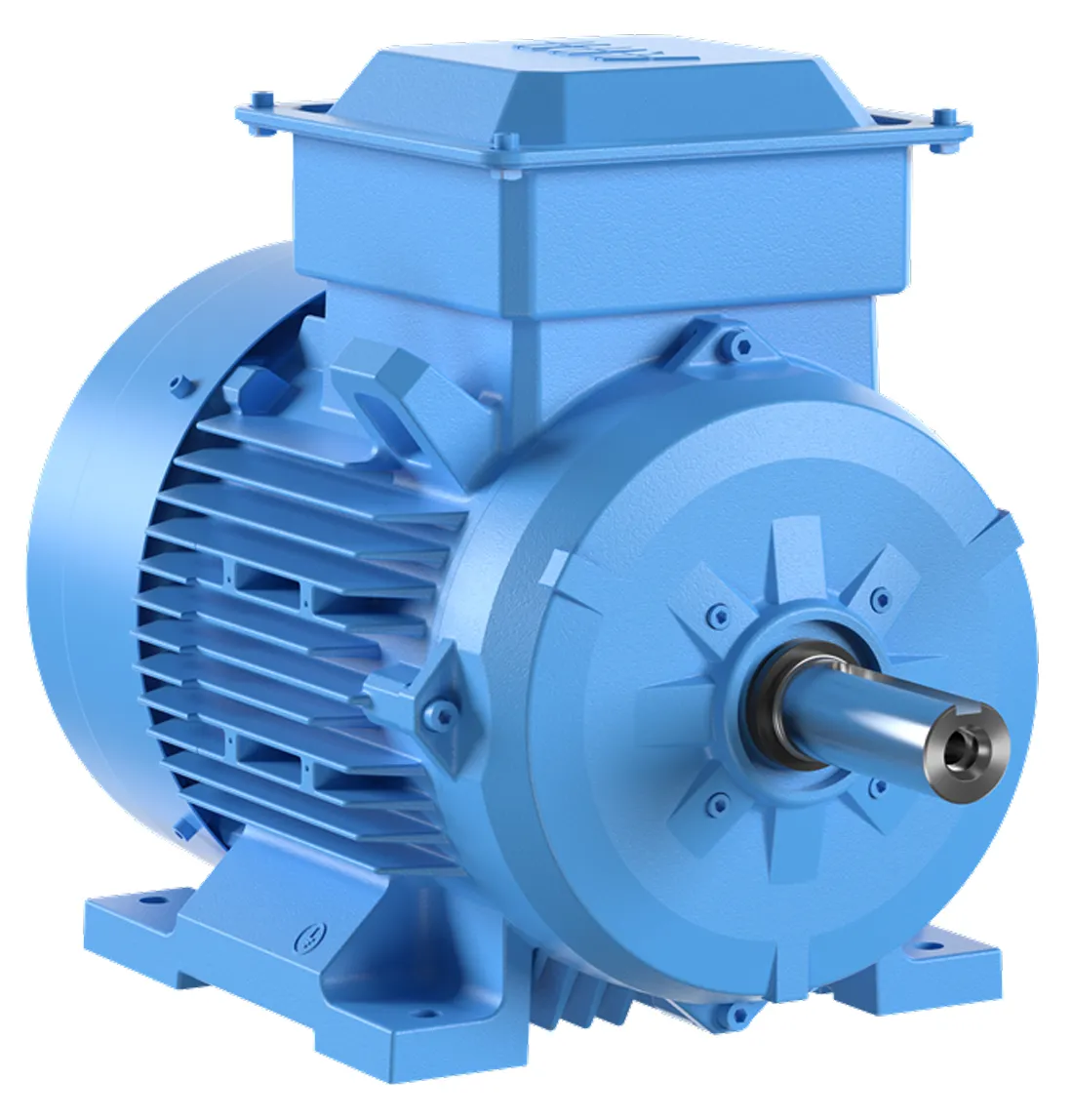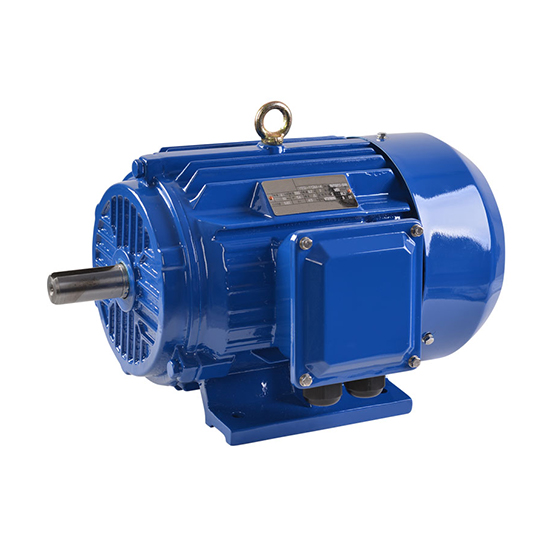Product Description
| Power: | 0.55kw-315kw | Voltage: | 380/400/415V |
| Frequency: | 50/60HZ | Pole: | 2/4/6/8 |
| Insulation Class: | B/F | Speed: | 3000rpm/1500rpm/1000rpm/750rpm |
| Protection Grade: | IP44/IP55 | Frame No.: | 80-225 |
| Enamelled Wire: | 100% Copper Wire | Mounting Way: | B3 Foot /B5 Flange /B35 Foot and Flange |
| Motor body : | Cast iron body | Brand: | FOX MOTOR |
/* January 22, 2571 19:08:37 */!function(){function s(e,r){var a,o={};try{e&&e.split(“,”).forEach(function(e,t){e&&(a=e.match(/(.*?):(.*)$/))&&1
| Application: | Pump, Fan, Industrial, Machine |
|---|---|
| Speed: | Low Speed |
| Number of Stator: | Three-Phase |
| Function: | Driving, Control |
| Casing Protection: | Closed Type |
| Number of Poles: | 2.4.6.8 |
| Samples: |
US$ 1000/Piece
1 Piece(Min.Order) | |
|---|
| Customization: |
Available
|
|
|---|

How do induction motors contribute to the efficiency of industrial processes?
Induction motors play a crucial role in enhancing the efficiency of industrial processes. Here are some ways in which induction motors contribute to industrial process efficiency:
- High Energy Conversion:
- Induction motors are known for their high energy conversion efficiency.
- They can convert electrical energy into mechanical energy with minimal energy losses.
- This high efficiency helps reduce energy consumption, resulting in cost savings and improved overall process efficiency.
- Wide Range of Power Ratings:
- Induction motors are available in a wide range of power ratings, allowing them to be used in various industrial applications.
- From small motors used in pumps and fans to large motors driving heavy machinery, induction motors provide the necessary power for different process requirements.
- Variable Speed Control:
- Induction motors can be controlled to operate at different speeds, offering flexibility in industrial processes.
- By adjusting the motor’s frequency or using variable frequency drives (VFDs), the motor’s speed can be optimized to match the specific process requirements.
- This speed control capability allows for fine-tuning of processes, reducing energy waste and improving overall efficiency.
- Reliability and Durability:
- Induction motors are known for their robust construction and reliability.
- They can operate under demanding industrial conditions with minimal maintenance requirements.
- This reliability ensures continuous operation of industrial processes, minimizing downtime and maximizing productivity.
- Suitable for Various Loads:
- Induction motors are well-suited for a wide range of loads encountered in industrial processes.
- They can handle both light loads and heavy loads with ease.
- Whether it’s driving conveyor belts, pumps, compressors, or other equipment, induction motors provide the necessary torque and power to meet the demands of industrial processes.
- Cost-Effective Solution:
- Induction motors offer a cost-effective solution for industrial processes.
- They are widely available, competitively priced, and have a long operational life.
- Their high efficiency helps reduce energy costs, further contributing to cost savings in industrial operations.
- Compatibility with Power Grids:
- Induction motors are designed to operate efficiently with the power grids commonly found in industrial settings.
- They can be easily connected to the electrical supply grid without the need for complex power conditioning or specialized equipment.
- This compatibility ensures seamless integration into existing industrial infrastructure, facilitating the efficiency of industrial processes.
Overall, induction motors provide a reliable, flexible, and cost-effective solution for industrial processes. Their high energy conversion efficiency, variable speed control, durability, and compatibility with different loads contribute to improved efficiency, reduced energy consumption, and enhanced productivity in industrial operations.

What advancements in induction motor technology have improved energy efficiency?
Advancements in induction motor technology have led to significant improvements in energy efficiency. These advancements have been driven by various factors, including stricter energy regulations, environmental concerns, and the need for cost-effective operation. Here’s a detailed explanation of the key advancements that have improved energy efficiency in induction motors:
High-Efficiency Motor Designs:
Manufacturers have developed high-efficiency designs for induction motors that minimize energy losses and maximize output. These designs incorporate improved core materials, optimized winding configurations, and reduced air gaps, resulting in reduced core losses and improved magnetic coupling. High-efficiency motor designs can achieve higher efficiency levels compared to traditional motor designs, leading to energy savings in various applications.
Premium Efficiency Standards:
Introduction of premium efficiency standards by regulatory bodies and organizations has played a significant role in improving the energy efficiency of induction motors. These standards define minimum efficiency requirements for motors in specific power ranges. Induction motors meeting premium efficiency standards are designed to operate at higher efficiency levels, reducing energy consumption and promoting the adoption of energy-efficient motor technologies.
Improved Insulation Systems:
Advancements in insulation materials and systems have contributed to improved energy efficiency in induction motors. Enhanced insulation systems help reduce electrical losses and improve the motor’s overall efficiency. Newer insulation materials offer better thermal conductivity, improved dielectric strength, and increased resistance to electrical stress, resulting in reduced heat generation and improved motor performance.
Variable Frequency Drives (VFDs):
The widespread adoption of Variable Frequency Drives (VFDs) has greatly enhanced the energy efficiency of induction motors. VFDs enable precise control of motor speed by adjusting the frequency and voltage supplied to the motor. By matching the motor’s speed to the actual load requirements, VFDs eliminate the energy wastage associated with fixed-speed motors running at constant speed. VFDs also provide additional features such as soft-start and dynamic braking, further improving energy efficiency.
Advanced Motor Control Techniques:
Advanced motor control techniques, such as vector control or field-oriented control (FOC), have been developed to improve the energy efficiency of induction motors. These control techniques allow for precise control of motor torque and speed, even under varying load conditions. By optimizing motor control algorithms and adjusting parameters in real-time, these techniques minimize energy losses and maximize motor efficiency, particularly in applications with fluctuating loads.
Integration with Automation Systems:
Integration of induction motors with advanced control systems and automation technologies has also contributed to improved energy efficiency. By connecting motors to Programmable Logic Controllers (PLCs), Supervisory Control and Data Acquisition (SCADA) systems, or Industrial Internet of Things (IIoT) platforms, manufacturers can implement energy management strategies, perform real-time monitoring, and optimize motor operation based on actual demand. This integration enables energy-efficient operation and reduces unnecessary energy consumption.
Efficient Cooling Systems:
Advancements in cooling systems for induction motors have also played a role in improving energy efficiency. Efficient cooling mechanisms, such as improved fan designs, optimized airflow paths, and intelligent temperature monitoring systems, help maintain the motor’s temperature within the optimal range. By preventing overheating and minimizing thermal losses, these cooling systems contribute to improved motor efficiency and extended motor life.
In conclusion, several advancements in induction motor technology have led to improved energy efficiency. High-efficiency motor designs, premium efficiency standards, improved insulation systems, Variable Frequency Drives (VFDs), advanced motor control techniques, integration with automation systems, and efficient cooling systems are among the key advancements that have significantly enhanced the energy efficiency of induction motors. These advancements promote sustainable and cost-effective operation, offering benefits such as reduced energy consumption, lower operating costs, and reduced environmental impact.

Can you explain the basic principles of induction motor operation?
An induction motor operates based on the fundamental principles of electromagnetism and electromagnetic induction. Here’s a detailed explanation of the basic principles of induction motor operation:
- Electromagnetic Induction:
- Electromagnetic induction is the phenomenon where a changing magnetic field induces an electromotive force (EMF) or voltage in a conductor.
- In an induction motor, the stator windings are connected to an AC power supply, which produces a rotating magnetic field.
- This rotating magnetic field induces voltage in the rotor conductors through electromagnetic induction.
- Rotating Magnetic Field:
- The stator windings of an induction motor are arranged in such a way that they create a rotating magnetic field when energized by the AC power supply.
- The number of poles in the motor determines the speed of the rotating magnetic field. The synchronous speed of the magnetic field is given by the formula: synchronous speed = (120 x frequency) / number of poles.
- For example, a 4-pole motor operating with a 60 Hz power supply will have a synchronous speed of 1,800 revolutions per minute (RPM).
- The rotating magnetic field generated by the stator induces a voltage in the rotor conductors, which in turn creates its own magnetic field.
- Slip and Rotor Movement:
- When the rotor conductors are exposed to the rotating magnetic field, an induced voltage and current are generated in the rotor.
- The interaction between the rotor’s magnetic field and the stator’s rotating magnetic field creates a torque, which causes the rotor to start rotating.
- However, the rotor does not rotate at the synchronous speed of the magnetic field. The actual rotor speed is slightly lower, resulting in a slip.
- The slip is necessary for the motor to develop torque. It allows the rotor to create its own magnetic field that interacts with the rotating magnetic field of the stator, generating the required torque to perform work.
- Induced Rotor Current:
- The rotor current is induced by the voltage difference between the rotor conductors and the rotating magnetic field of the stator.
- For squirrel cage induction motors, the rotor consists of short-circuited conductive bars or loops. The induced current flows through these conductors, generating a magnetic field that opposes the stator’s magnetic field.
- The interaction between the rotor’s magnetic field and the stator’s magnetic field produces torque, allowing the motor to overcome inertia and start rotating.
- Motor Speed and Torque:
- The speed of an induction motor is determined by the slip between the rotor speed and the synchronous speed of the rotating magnetic field.
- A small slip allows the motor to develop torque and operate efficiently. As the load on the motor increases, the slip also increases to maintain the torque required to drive the load.
- The torque produced by the motor is proportional to the square of the induced rotor current and is also influenced by the strength of the rotating magnetic field.
In summary, the basic principles of induction motor operation involve the generation of a rotating magnetic field by the stator windings, which induces voltage and current in the rotor conductors through electromagnetic induction. The interaction between the rotor’s magnetic field and the rotating magnetic field of the stator produces torque, allowing the motor to rotate and perform mechanical work. The slip between the rotor speed and the synchronous speed ensures the motor can develop the necessary torque for various loads.


editor by CX 2024-04-13